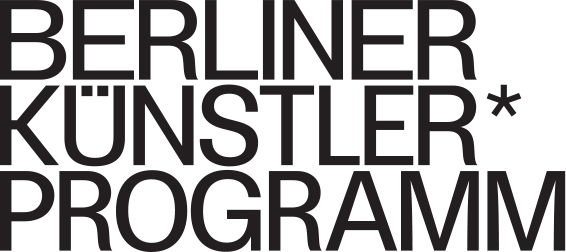Denmark, Literature, 2005
Inger
Christensen
Inger Christensen was born in Vejle, Denmark, in 1935. Initially she studied medicine, but then trained as a teacher and worked at the College of Art in Holbæck from 1963–64. Although she has also written a novel, stories, essays, radio plays, a drama and an opera libretto, Christensen is primarily known for her linguistically skilled and powerful poetry.
Christensen first became known to a wider audience with the volumes Lys (1962; Light) and Græs (1963; Grass), which are much influenced by the modernistic imagery of the 60s, and in which she is concerned with the location of the lyric “I” in relation to natural and culturally created reality. The flat, regular landscape of Denmark, its plants and animals, the beach, the sea, the snow-filled winters have determined the topography of many of her poems. Christensen has also been known internationally since the appearance of the long poem Det (1969; it 2006), a form of creative report on the merger of language and the world, which centres around the single word “it” and covers more than two hundred pages. The book clearly reveals the influence on Christensen’s poetic work of such a range of authors as Lars Gustafsson, Noam Chomsky, Viggo Brøndal, R.D. Laing and Sören Kierkegaard. The analogy between the development of poetic language and the growth of life is, as in Det, also the basic motif of the volume of poetry Alfabet (1981; Alphabet). In addition to the alphabet itself – which gives the book its title and provides a logical arrangement for its fourteen sections –, the structure is generated by the so-called Fibonacci series, in which every number consists of the sum of the preceding two. The composition reflects the theme exactly: while Det points to the story of creation and its “In the beginning was the Word”, here the alphabet is a pointer to the “A and O” of the apocalypse.
The story of her life and work offers access to a poetry that is difficult and enigmatic, but simultaneously simple and elementary. Inger Christensen is one of the most reflecting, form-conscious poets of the present day, and her history of ideas also provides information on the paradox of lyric art; making legible through poetic means what must necessary remain illegible, and in this way wrestling a specific order from the universal labyrinth. Here the transitions between the poet and the essayist Christensen are fluid: just as lyrical figures and motifs give her essays a density of their own, figures of thought and configurations of ideas return as an organic component of the poems.
Publications in German Translation:
Azorno, Novel
(S. Fischer, Frankfurt am Main, 1972 and Kleinheinrich, Münster, 1992. Translated from the Danish by Hanns Grössel)
Alfabet/Alphabet (Danish-German)
(Kleinheinrich, Münster, 1988. Translated from the Danish by Hanns Grössel)
Das gemalte Zimmer. Eine Erzählung aus Mantua.
(Kleinheinrich, Münster, 1989 and Suhrkamp, Frankfurt am Main, 1996. Translated from the Danish by Hanns Grössel)
Brief im April
(Kleinheinrich, Münster, 1990. Translated from the Danish by Hanns Grössel)
Gedicht vom Tod.
(Kleinheinrich, Münster, 1991. Translated from the Danish by Hanns Grössel)
Teil des Labyrinths. Essays.
(Kleinheinrich, Münster, 1995. Translated from the Danish by Hanns Grössel)
Das Schmetterlingstal. Ein Requiem/Sommerfugledalen. Et requiem (Danish-German)
(Kleinheinrich, Münster, 1995, and Suhrkamp, Frankfurt am Main, 1998. Translated from the Danish by Hanns Grössel)
Ein chemisches Gedicht zu Ehren der Erde. Auswahl ohne Anfang ohne Ende
(Residenz Verlag, Salzburg, 1997. Translated from the Danish by Hanns Grössel, edited by Peter Waterhouse)
Der Geheimniszustand und das “Gedicht vom Tod”. Essays
(Carl Hanser Verlag, Munich/Vienna , 1999. Translated from the Danish by Hanns Grössel)
Det/Das (Danish-German)
(Kleinheinrich, Münster, 2002. Translated from the Danish by Hanns Grössel)
Massenhaft Schnee für die darbenden Schafe, Radio Play
(Edition Korrespondenzen, Vienna, 2002. Translated from the Danish by Hanns Grössel)
Graes/Gras: vierzehn frühe Gedichte, Danish-German
(Detmold, Literaturbüro Ostwestfalen-Lippe e.V., 2005. Translated from the Danish by Hanns Grössel)
Publications in English Translation:
it.
(New Directions, 2006)
The Meaning of Metafiction: A Critical Study of Selected Novels by Sterne, Nabokov, Barth and Beckett
(Oxford University Press, USA, 1985)
Literary Women on the Screen
(Herbert Lang et Co Ag, 1992)
Butterfly Valley: A Requiem
(New Directions, 2004)
Alphabet
(New Directions, 2001)
The Painted Room
(The Harvill Press, 2000)


